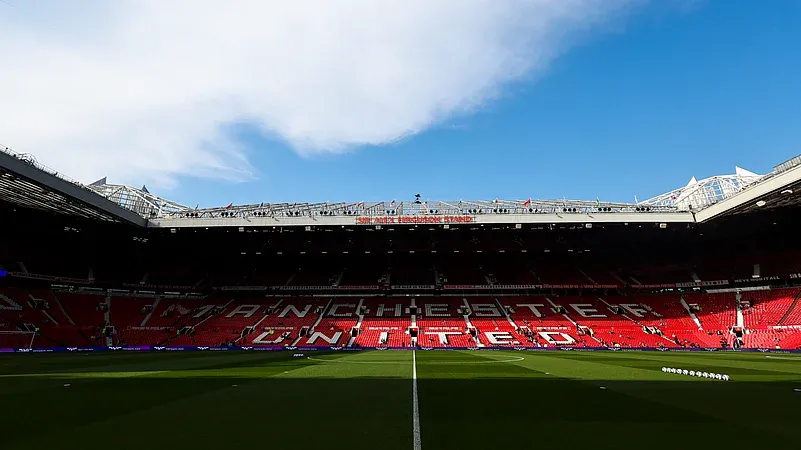Old Trafford: The Shocking Secrets Behind Its Legendary Status Revealed!
Old Trafford, affectionately known as the “Theatre of Dreams,” has long been more than just a football stadium; it is a symbol of passion, history, and resilience. Since its opening in 1910, this iconic venue has been the heartbeat of Manchester United, hosting countless memorable matches and moments that have shaped the landscape of football. With a seating capacity of approximately 74,000, it stands as the largest club football ground in the UK, drawing fans from all corners of the globe.
The history of Old Trafford is rich and layered, marked by both triumph and adversity. It has hosted significant events, including the 1966 World Cup and the 2003 UEFA Champions League final, solidifying its status as a premier sports venue. However, the stadium’s journey has not been without challenges. During World War II, Old Trafford suffered bomb damage, leading to extensive repairs that would restore its grandeur. This resilience is a testament to the enduring spirit of Manchester United and its supporters.
In the early 2000s, Old Trafford underwent significant renovations, enhancing its facilities and increasing its capacity. These upgrades were crucial in maintaining the stadium’s status as a modern football venue, equipped with state-of-the-art amenities, including hospitality suites and corporate boxes. The meticulous maintenance of the pitch ensures optimal playing conditions, allowing the team to perform at its best.
As discussions about the future of Old Trafford intensify, plans for a new 100,000-seater stadium have emerged, with an estimated cost of £2 billion. Sir Jim Ratcliffe, a prominent figure in the club’s ownership discussions, has likened the proposed design to the Eiffel Tower, indicating a vision for iconic architecture that reflects the club’s ambition to modernize. This bold initiative is not just about increasing capacity; it aims to create an environment that enhances the match-day experience for fans and players alike.
The passionate relationship between fans and the club has been highlighted through various protests, particularly against the Glazer family’s ownership. These demonstrations underscore the deep emotional connection supporters have with Old Trafford, a venue that represents their hopes and dreams. The atmosphere during match days is renowned, with fans creating an electric environment that elevates the experience for everyone involved.
Beyond its role as a sports venue, Old Trafford features a museum and a tour experience that attracts thousands of visitors each year. This aspect of the stadium showcases its rich history of legendary players and managers, contributing to its status as a symbol of football excellence. The “United Trinity” statue, honoring club legends Bobby Charlton, George Best, and Denis Law, stands as a poignant reminder of the talent that has graced the pitch.
Old Trafford’s versatility is evident in its ability to host various non-football events, including concerts and charity matches. This adaptability not only showcases the stadium’s significance in the cultural fabric of Manchester but also reinforces its legacy as a gathering place for the community. The club’s commitment to sustainability is also noteworthy, with recent initiatives aimed at reducing the stadium’s carbon footprint and promoting eco-friendly practices.
The stadium’s location in Greater Manchester makes it easily accessible for fans traveling from across the UK and beyond. This accessibility, combined with ongoing discussions about its future enhancements, ensures that Old Trafford’s legacy will continue to grow. As the club navigates the complexities of modern football, the focus remains on maintaining its status as a premier venue that honors its storied past while embracing the future.
In conclusion, Old Trafford is not just a stadium; it is a living monument to the passion and dedication of Manchester United and its supporters. From its rich history and iconic architecture to its role in the community and commitment to sustainability, Old Trafford embodies the essence of football. As plans for its future unfold, one thing remains certain: the Theatre of Dreams will continue to inspire generations of fans and players alike, ensuring that its legendary status endures for years to come.






Leave a Comment